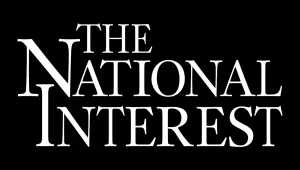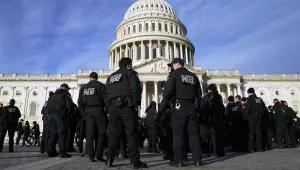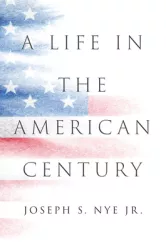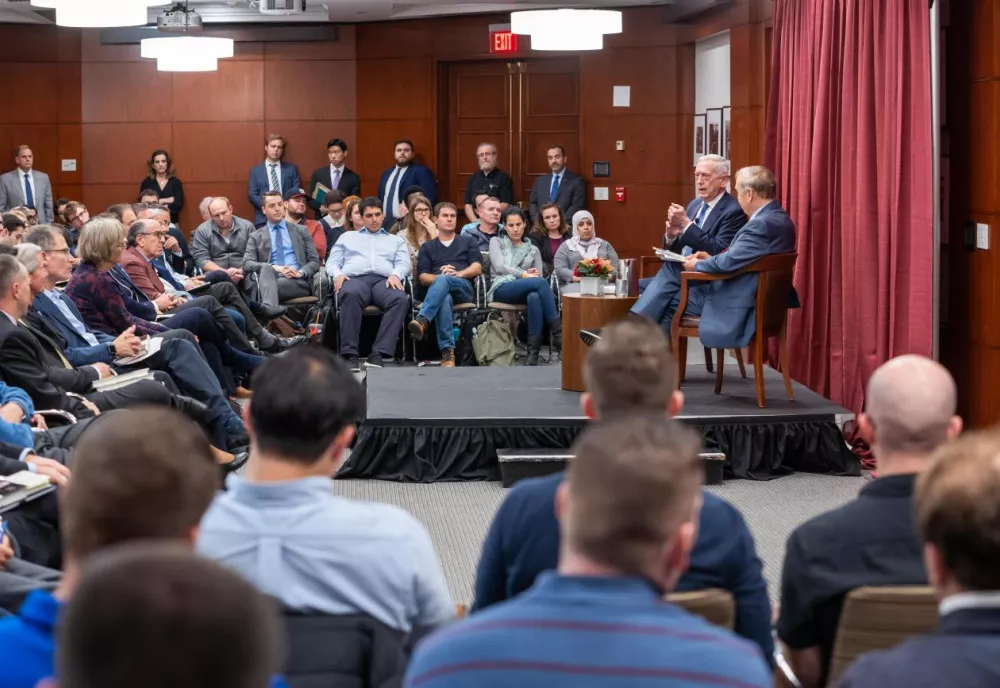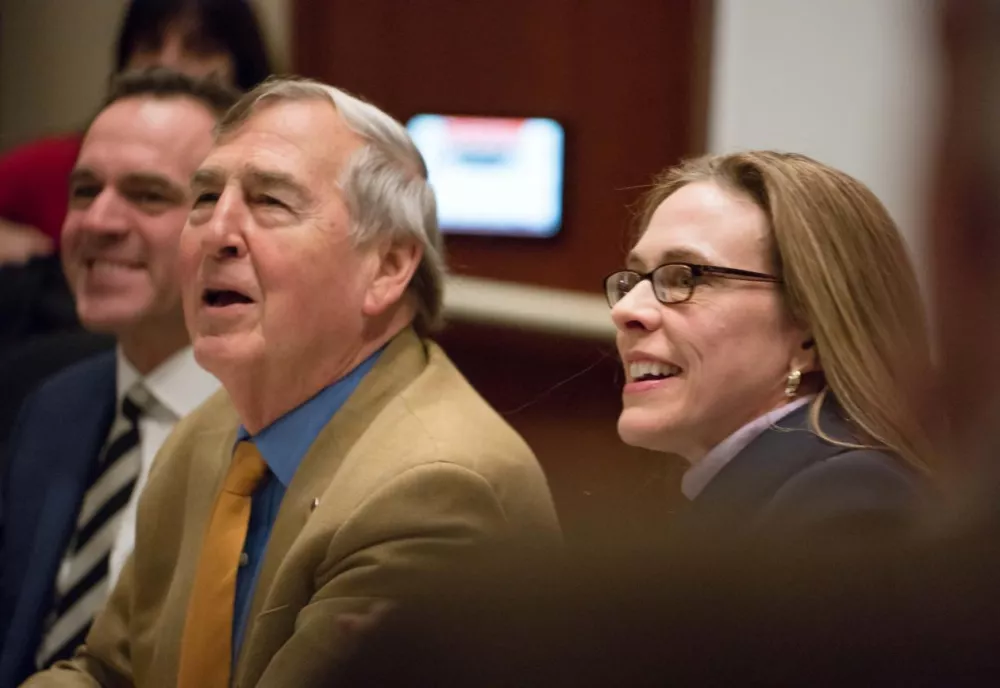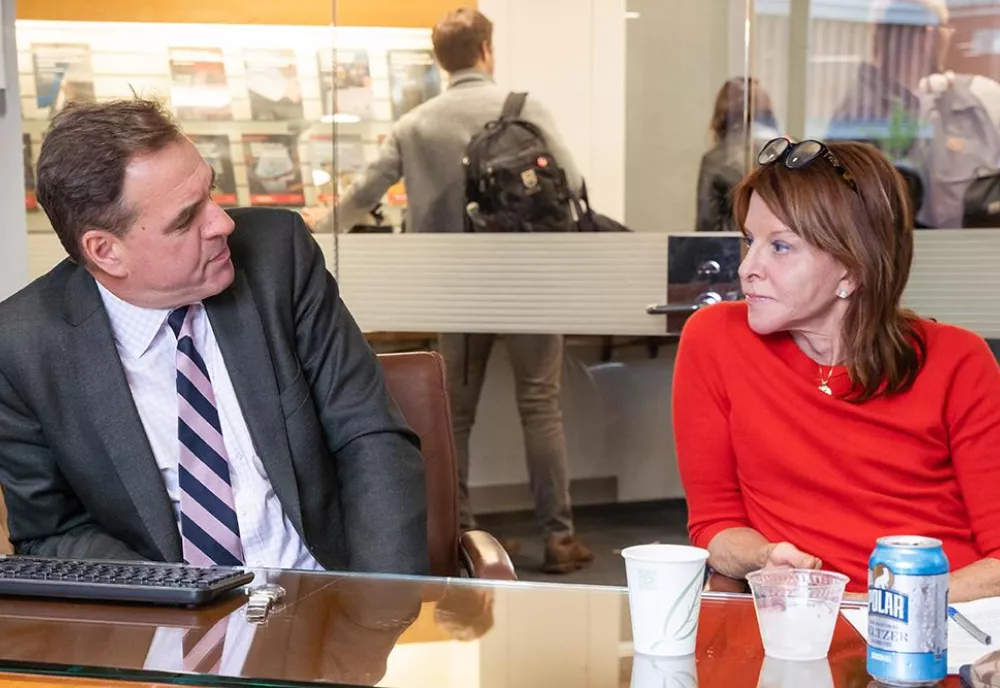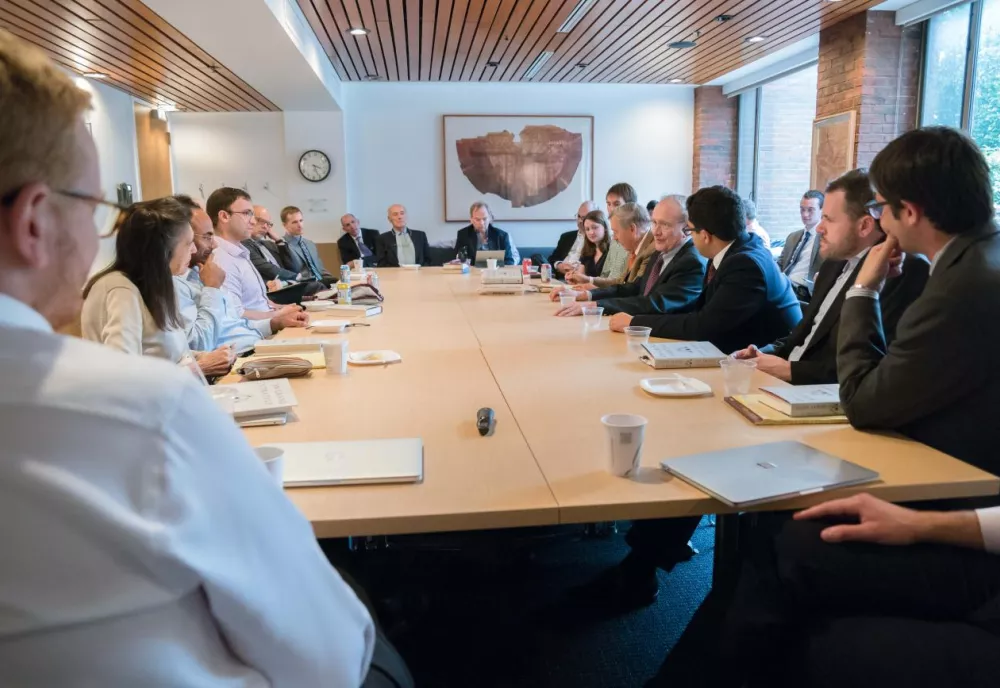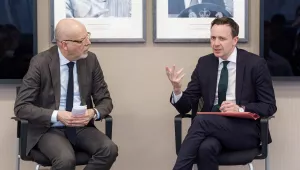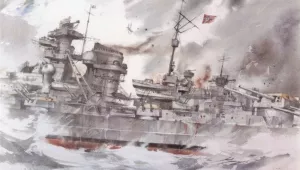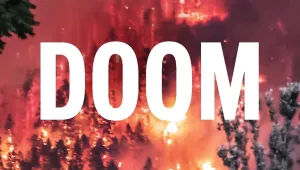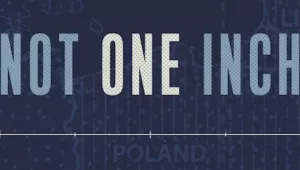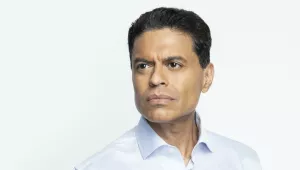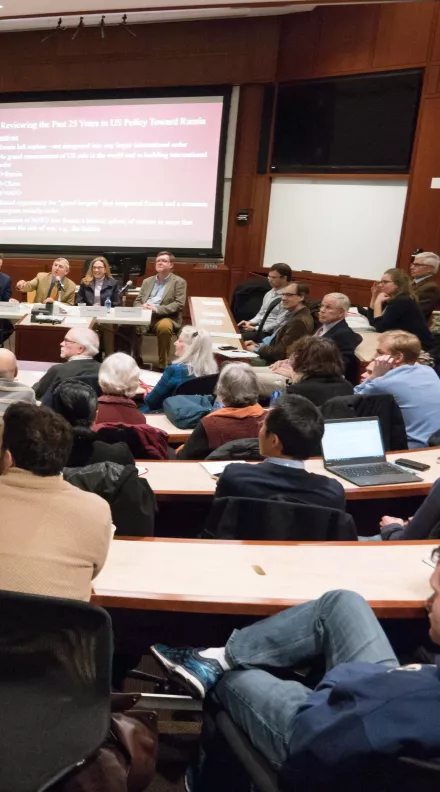
Applied History Project
-
Faculty Director
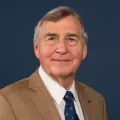
-
Co-Chair
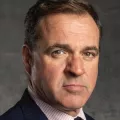
-
Faculty

-
Visiting Scholar

About the Applied History Project
The mission of Harvard’s Applied History Project is to revitalize applied history by promoting the production and use of historical reasoning to clarify public and private challenges and choices. Founded by Professors Graham Allison and Niall Ferguson in 2016, the Applied History Project builds upon the foundation laid by Professors Ernest May and Richard Neustadt in the 1980s, reflected in their book Thinking in Time: The Uses of History for Decision Makers.
Advancing its mission, the Project sponsors the Applied History Working Group of faculty members across Harvard University to organize discussions with scholars and practitioners; supports historians and policymakers in producing Applied History; develops courses in Applied History; funds the Ernest May Fellowships in History and Policy for pre- and post-doctoral students; and holds Applied History Events open to the Harvard Community and the public. Harvard’s project is one of the leaders among a rapidly expanding network of universities and think tanks that are furthering the discipline of Applied History by clarifying predicaments and choices to inform better decisions.
The Project gratefully acknowledges the Stanton Foundation's generous support for its Applied History endeavors.
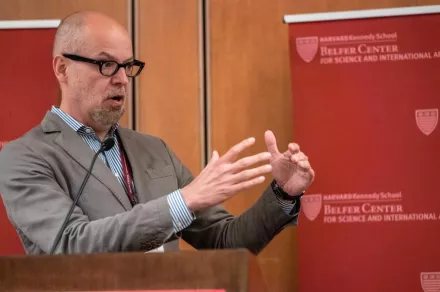
Applied History Course
"Reasoning from the Past: Applied History and Decision Making," taught by Fredrik Logevall, provides a basis for using history as a tool for analyzing foreign, security, and scientific policy, calling attention to some common fallacies in reasoning from history and discussing ways to avoid them.
Our Work
The Applied History project sponsors events, publishes a newsletter, and supports a course at the Kennedy School to fulfill its mission of promoting the production and use of historical reasoning in policymaking.
Applied History This Week: December 22, 2025
Quote of the Week
“Potentially, history is an enormously rich resource for people who govern.” – Ernest May, “Lessons” of the Past: The Use and Misuse of History in American Foreign Policy (1973)
Article of the Week
“The Fog of McNamara” – Fredrik Logevall, Foreign Affairs, December 16, 2025.
Reviewing McNamara at War by Philip and William Taubman, Logevall argues that Defense Secretary Robert McNamara’s experience in government is analogous to—and holds lessons for—other unelected officials: “if more high-level officials were prepared to resign for their convictions, citizens would be assured that those who remain truly believe in what they’re doing.” In their book, which Logevall applauds as the long-awaited “big book on McNamara and Vietnam,” the authors draw a similar conclusion: “The danger that unwavering loyalty to presidents on national security matters can lead to calamity should prove instructive to current and future commanders in chief.”

